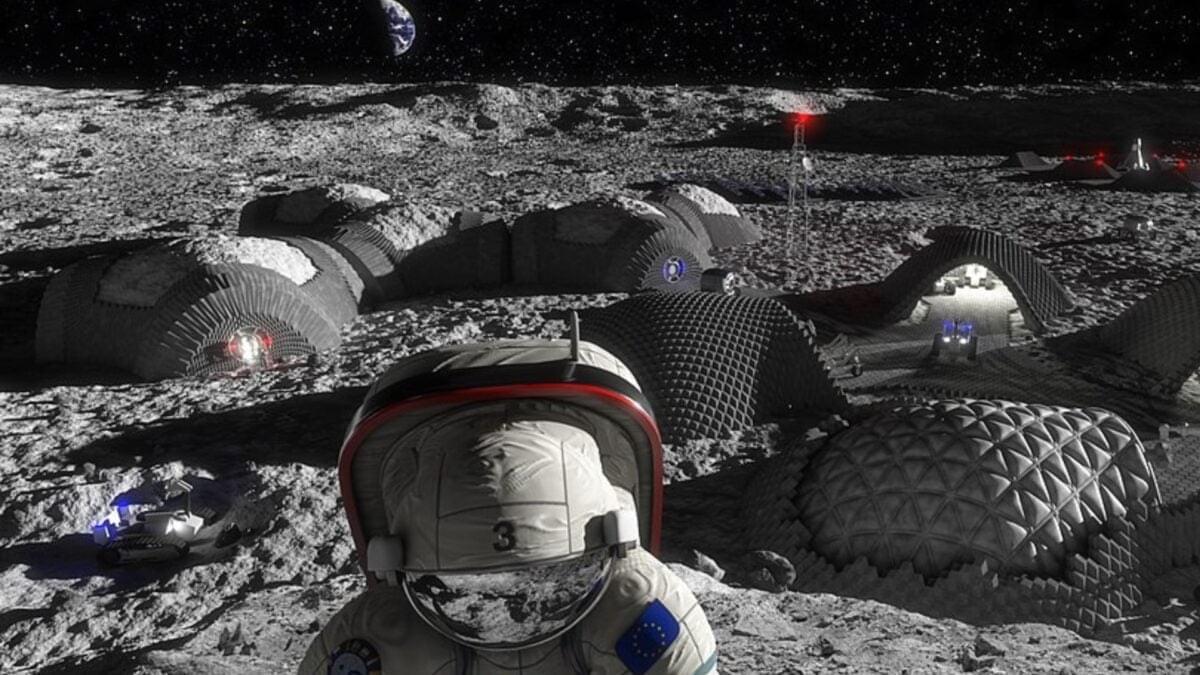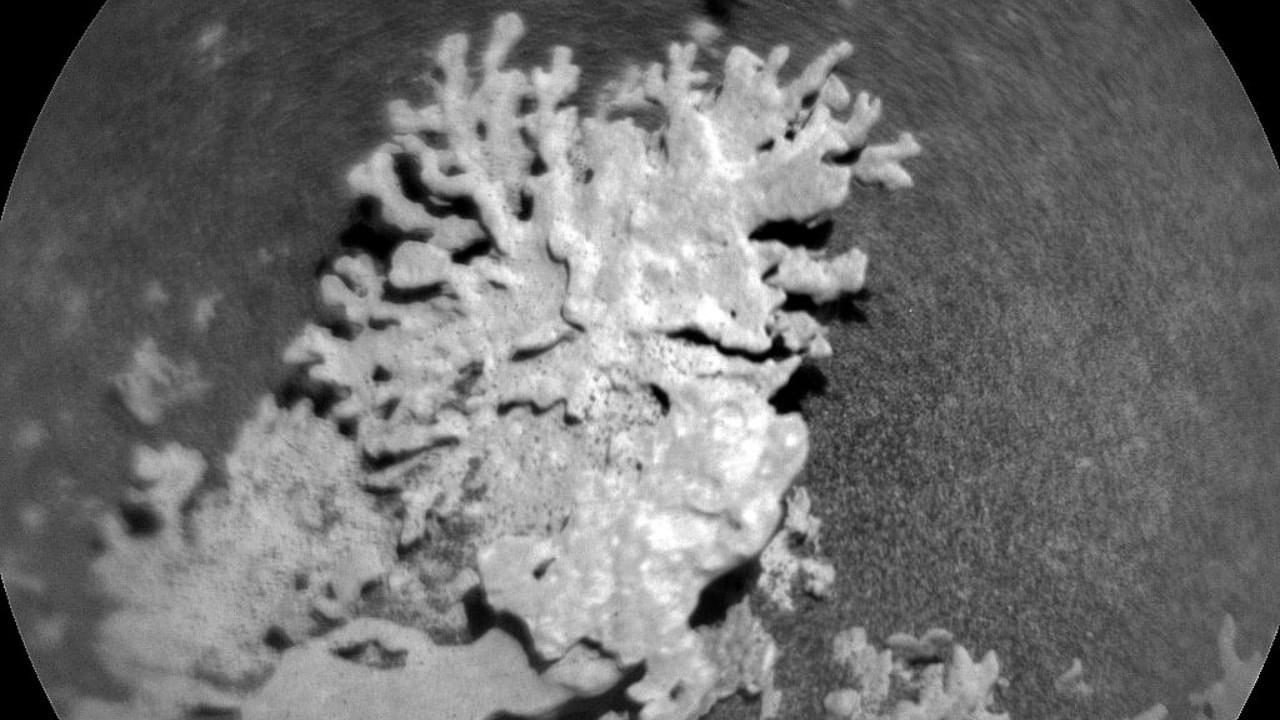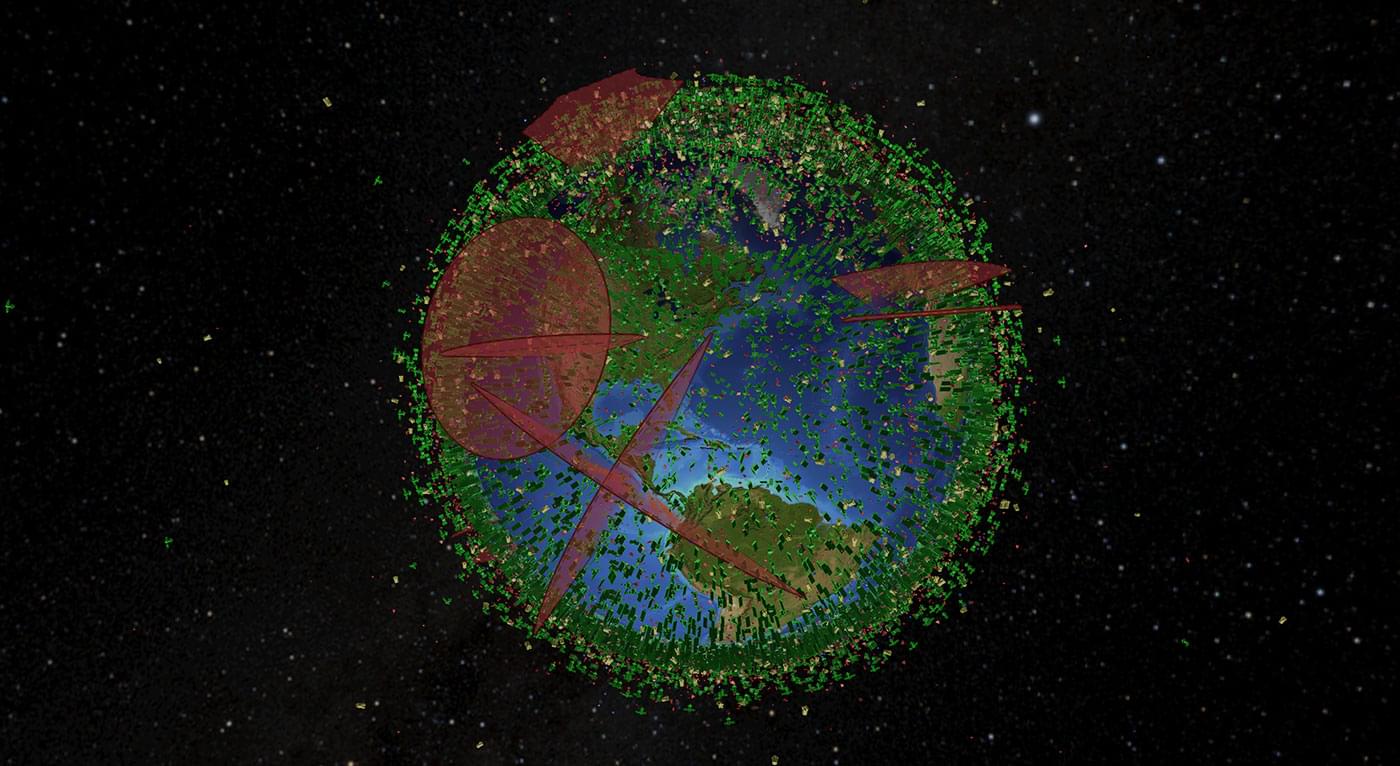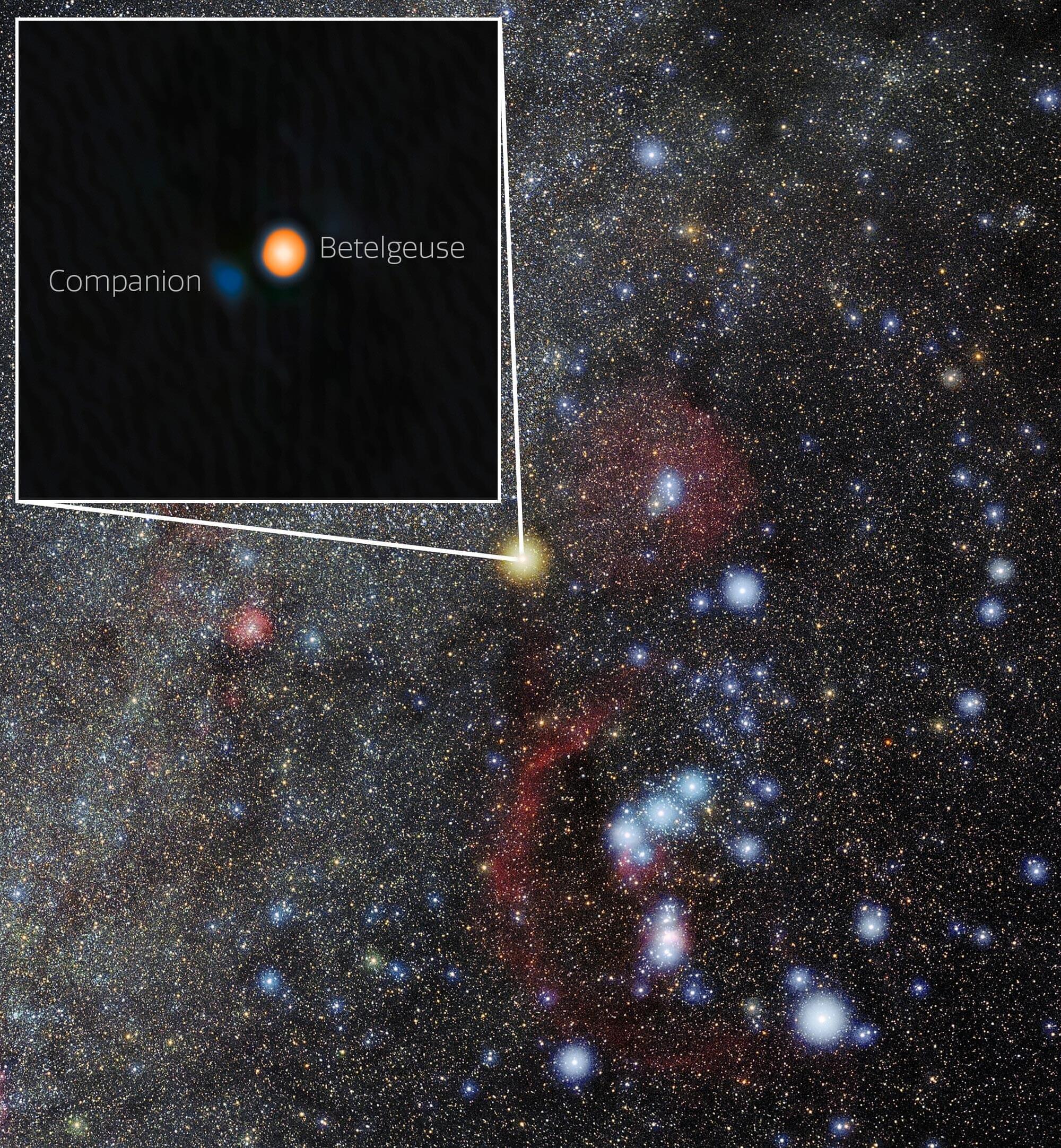A new invention could make a sustained presence on the Moon more feasible.




I’m drawn to Whitehead’s philosophy not because it rejects the supernatural, but because it reawakens a deeper appreciation for it. Nature itself is supernatural because it is always transcending itself—a ceaseless creative advance into novelty. Even the so-called ‘laws of nature’ are not inflexible blueprints, but statistical generalizations about how nature habitually, though not invariably, operates. In a world where many skeptics dismiss anything wonderful, amazing, or unexpected as mere coincidence or illusion, Whitehead reminds us that novelty, beauty, and surprise are woven into the very fabric of reality. He offers a vision of God who, in one aspect of God’s primordial nature, is outside the actual universe altogether, and thus supernatural in this sense, but who is also immanent within the universe as a source of comfort, novelty, and creative transformation. God is supernatural in both ways: transcendent of the world, and present within it, working in and with the unexpected to deepen the richness of existence.
Added to this is the fact that Whitehead’s philosophy helps me understand and appreciate paranormal experiences. Events such as telepathy, remembrance of previous lives, psychokinesis, and apparitions can be interpreted not as violations of nature, but as rare expressions of its deeper interconnectedness—instances of hybrid prehensions where entities directly feel one another across distances and times, bypassing the usual causal pathways. In this way, what we call ‘paranormal’ is not anti-natural but a revelation of the profound relational fabric of the universe.
Yes, Whitehead helps me reimagine and affirm the supernatural.

The city council voted to become part of the Central Texas Space Development Corporation.



Deep in the heart of our galaxy lies one of the most chaotic and mysterious regions in space. Now, scientists have created the first detailed map of magnetic fields in this turbulent zone, providing crucial insights into how stars form and evolve in extreme environments.
The research, led by University of Chicago Ph.D. student Roy Zhao, focused on a region called Sagittarius C, located in the c near the center of the Milky Way. This area serves as what researchers call an astrophysical “Rosetta Stone,” an area key to understanding the complex interactions between dense gas clouds, star formation, and powerful magnetic fields that shape our galaxy.
The team used NASA’s now retired flying telescope SOFIA to study infrared light emitted by tiny dust grains scattered throughout the region. These microscopic particles act like compasses, aligning themselves with magnetic field lines and by analyzing the polarized light they emit, it’s possible to map the invisible magnetic fields for the first time.

What if scientists could use the peculiar world of quantum mechanics to design solutions once thought impossible — changing how we build, heal, and communicate?
At Lawrence Livermore National Laboratory, researchers are developing quantum systems that could help us do just that. These machines think differently, tapping into the strange rules of quantum mechanics to simulate atomic interactions, unlock new materials, and reveal hidden patterns in nature. In this episode, we’ll explore how quantum computers work, why they need to be colder than deep space, and what it will take to bring their full potential to life.
(This is an Apple Podcast)
Podcast Episode · Big Ideas Lab · 06/03/2025 · 21m.

Van Gogh’s “The Starry Night” has stirred the souls of art lovers for over a century. Now, its swirling skies may also speak to physicists, as it echoes the patterns of quantum turbulence.
Physicists at Osaka Metropolitan University and the Korea Advanced Institute of Science and Technology have for the first time successfully observed the quantum Kelvin–Helmholtz instability (KHI)—a phenomenon predicted decades ago but never before seen in quantum fluids. The instability produces exotic vortex patterns known as eccentric fractional skyrmions, whose crescent-shaped structures bear a resemblance to the moon in Van Gogh’s masterpiece.
KHI is a classic phenomenon in fluid dynamics, where waves and vortices form at the boundary between two fluids moving at different speeds—as seen in wind-whipped ocean waves, swirling clouds, or Van Gogh’s skies.